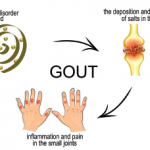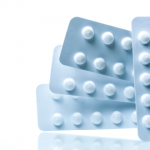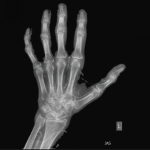In May, the ACR released a new treatment guideline for the management of gout for simultaneous publication in Arthritis & Rheumatology and Arthritis Care & Research.1 Based on evidence from more than 130 published studies, the guideline makes a total of 42 recommendations—of which 16 are strong: It has 27 recommendations for urate-lowering therapy (ULT)…







